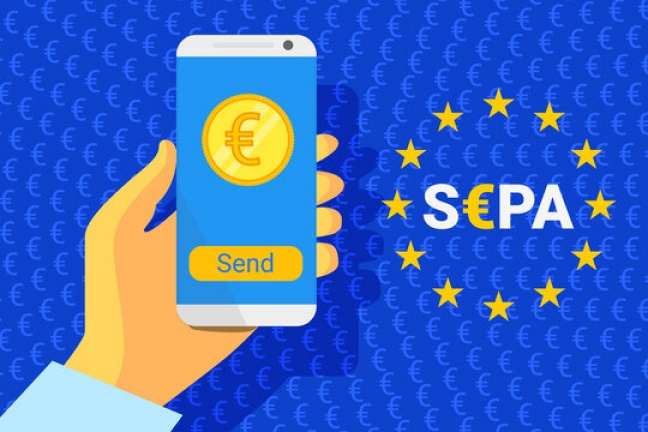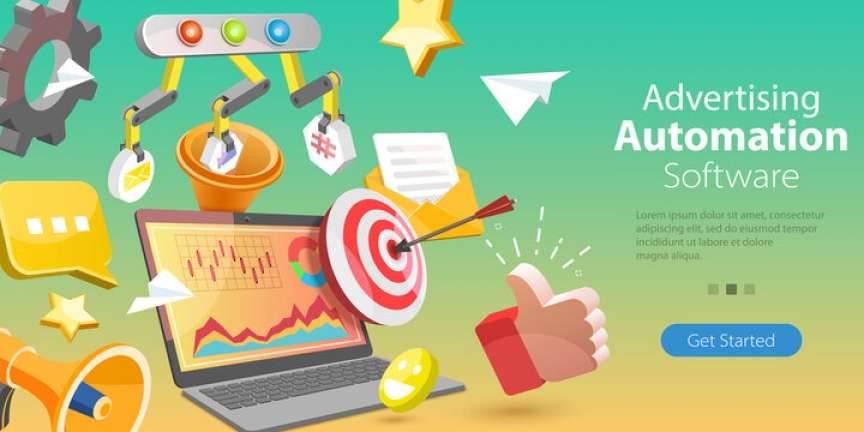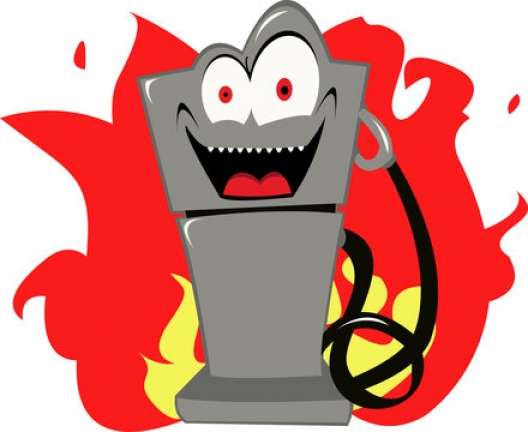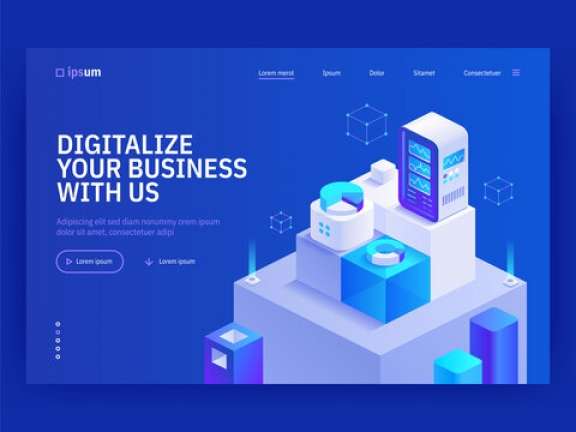Data sits at the core of virtually every business. Customer data allows you to create a genuine customer persona that can help you provide more personalized content and boost your marketing strategy. Competitor data keeps you informed about your competitors’ performance and strategies. Market data keeps you in the know about the current market trends and possible changes.
Without data, many businesses would never have gotten off the ground, but you first need to find and collect data before you can use it to push your business forward.
On the plus side, there’s an abundance of data all across the web. On the other side, there’s too much of it, and collecting it manually could prove to be inefficient and time-consuming.
That’s why you need to make use of either web scraping or API scraping – both great data extraction techniques that come with their own sets of pros and cons.
Let’s take a closer look at scraping API and web scraping, and see which method would suit you better.
Web Scraping and Business Applications
Websites contain an abundance of data that can be useful to businesses. Sometimes, that’s data on sports events; sometimes it’s on stock prices; other times, it’s just the contact information. This data can serve many different purposes for a business.
Many companies use the available website data to compare product pricing to their competitors, collect lead information to expand their email list, and research the changing market trends and prepare for them.
You’ll likely need to go through several different sites to collect the valuable information they contain. This process of going through websites and collecting the data they have is known as web scraping.
As long as you respect a site’s terms of service, avoid collecting classified information, and don’t overburden a site’s servers, web scraping is legal.
It can be done in a few different ways.
You can go through websites manually to search for the information you need. A simple copy-paste to an Excel file could be adequate if you don’t need much data.
However, if you do need a lot of data, you need a specialized web scraper program.
Web scrapers come in the form of browser add-ons, downloadable software, or cloud-based software. Web scraper add-ons are limited by your browser’s capabilities and typically don’t have any sophisticated features.
Download software comes with all the bells and whistles but requires a powerful machine – it quickly takes over your RAM and CPU.
Cloud-based web scrapers are often the best choice as you’ll be using a service provider with their own servers and machines that can handle your web-scraping needs.
APIs and Business Applications
Scraping API is another data extraction technique. API, or Application Programming Interface, is a piece of software that enables two or more different applications to communicate with one another.
For example, when you try to search for weather information in your hometown, your phone (or a specific application) connects to the internet and sends your search data to a server containing that information. The server interprets the information you require and sends it back to your phone/app. You can then see and understand the data you’ve received. All that happens through APIs.
Now, many websites have APIs that allow developers to access and collect specific data and use it for their purposes – whatever those may be. Some sites offer this data for free, while some require payment.
Either way, you’ll have direct access to the data you need. The only issue is that the data may be limited. APIs don’t enable access to all the data available on the website, and at times, they only allow for a limited number of queries. So, while you won’t have to dig through the site in search of information, you’ll encounter severe restrictions.
Scraping API is often the most useful practice for developers who want to avoid starting a code from scratch. They can easily access a site’s code, then build on it for their own purposes.
APIs vs. Web Scraping: What’s the Better Choice for Businesses?
Although scraping APIs does come with some limitations, it can be pretty valuable. If you need access to data that are not volatile and not prone to change, API is the best way to go. It enables you to collect consistent data from a single source. If your objective is always the same, scraping API can be exceptionally useful.
However, web scraping with sophisticated software is a much better solution for businesses that need current, up-to-date data. You’ll face fewer limitations, collect more data, and enjoy better results. Not to mention that you can customize the web scrapers to collect very specific data and receive it in a specific format.
There is also a common question of whether to choose a scraping API or proxies of Geonode for data gathering. If you are interested in this topic, we suggest you read an Oxylabs proxy vs. scraping API article for more information.
Conclusion
Both web scraping and API scraping can be useful to businesses – it all depends on your needs and preferences. Either way, you’ll be able to extract data, then decide how you’ll make use of it.















